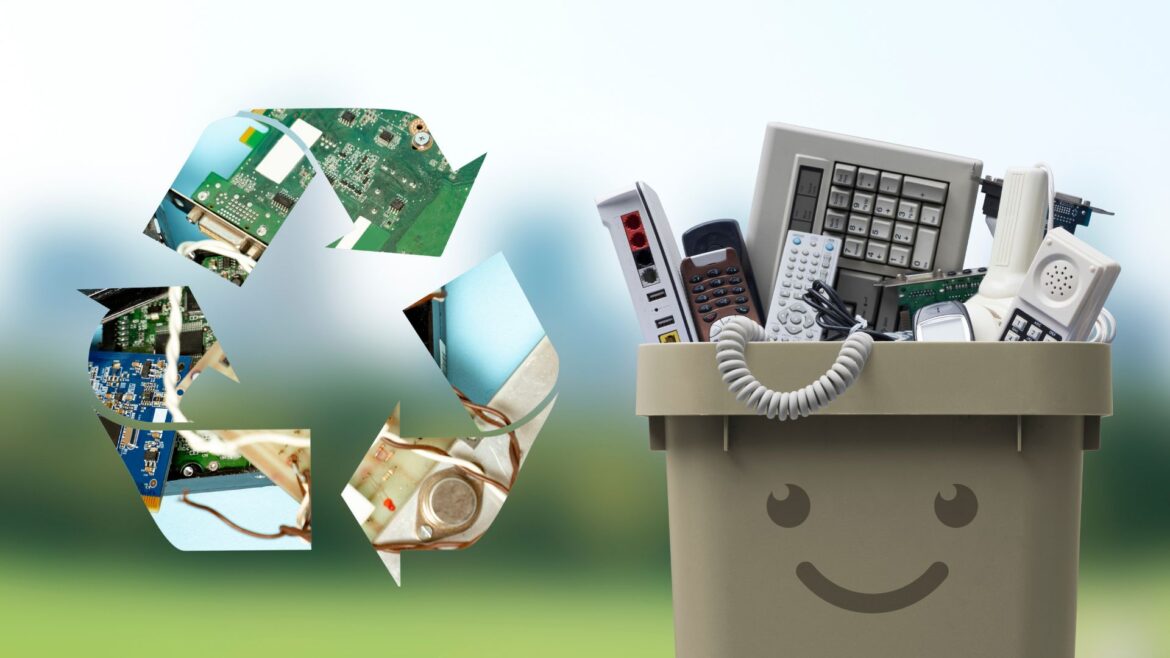Delhi Government’s Push to Clean the Yamuna: Between Promises and Reality
A raw, personal take on Delhi and Centre’s initiatives to clean the Yamuna — STPs, e-flow, surveys, and the real challenges Delhiites see every day.

In India, Central Pollution Control Board, under the Ministry of Environment, Forest and Climate is responsible devising and implementing rules and regulations to manage, reduce and recycle electrical and electronic waste in the country.
There is a rapid increase in Waste from Electrical and Electronic Equipment (WEEE) across the world. This is driven by many factors, including economic growth, technological advancements, urbanization, and lifestyle changes.
In India, economic growth has led to a rise in disposable income, enabling people to purchase the latest gadgets such as smartphones, laptops, gaming consoles and household appliances. Rapid advancements in technology have created a competitive market both for manufacturers as well as consumers. Manufacturers are forced to introduce new products with newer features and configurations while consumers are encouraged to switch their devices due to fear of missing out. This results in shorter lifespan of products.
Additionally, urbanization and lifestyle changes, such as work-from-home trends, have increased the need as well as reliance on electronic gadgets. Government initiatives like Digital India have further boosted the adoption of digital technologies, increasing the demand for electronic devices. All of these have considerably led to an increase in the amount of waste from electrical and electronic equipment, and hence in the need for proper e-waste disposal.
To address the growing e-waste problem, India needs to improve e-waste management by developing better collection, recycling, and disposal infrastructure. There is also a need to strengthen the regulations and enforcement related to e-waste management. Raising consumer awareness about the importance of proper e-waste disposal and the environmental impact is crucial.
Let’s look at the three principle of Reduce, Reuse and Recycle in e-waste management.
The principle of reduction focuses on minimizing the amount of E-waste generated by adopting more sustainable production and consumption practices.
It is important to support companies and manufacturers that innovate and design products using eco-friendly materials and energy-efficient technologies. Many companies are now creating products with modular designs, making them easy to repair or upgrade by replacing only a few parts instead of the whole device. Even if it’s challenging to adopt eco-friendly manufacturing, products should be of high quality to ensure a long lifespan.
As a end user, one must maintain and care for their electronic devices to increase their lifespan. Customers should choose high-quality products that last longer and use them to their full potential before considering replacements.
Reusing electronic products helps extend their life by finding new users. One can refurbish them for resale, or discovering innovative ways to reuse them, preventing waste and making full use of their potential.
The second-hand market for electronics is significant. You can sell or donate functional devices to others who need them. In India, there’s a large demand for refurbished electronics, so consider buying second-hand instead of new products wherever possible.
Old devices can be repurposed for other uses, like turning an old smartphone into a web cam if your laptop does not have one. It can also be used as a security camera or baby monitor.
Many companies now design modular products, making it easier and more cost-effective to replace faulty parts instead of the entire device. This makes it easier to reuse the parts which are still properly functioning. This benefits the company, the user and the environment in the long run.
Recycling of electronic waste includes processing e-waste to recover valuable materials and ensure safe disposal of hazardous components. Recyclers should ensure that hazardous substances (lead, mercury, cadmium) in e-waste are safely disposed off to prevent environmental contamination. Precious metals (like silver, copper), plastics etc must be segregated and put to use in manufacturing of new materials. This will reduce the dependence on raw materials.
Users should be mindful of disposing e-waste at authorized recycling centers or through take-back programs provided by manufacturers and retailers. E-waste collection drives must be organised frequently. People must be provided information about e-waste drop off centres or scrap pick up facilities near them.
By incorporating the principles of Reduce, Reuse, and Recycle in e-waste management, we can significantly mitigate the environmental impact of electronic waste, conserve resources, and promote sustainable practices.

A raw, personal take on Delhi and Centre’s initiatives to clean the Yamuna — STPs, e-flow, surveys, and the real challenges Delhiites see every day.

Eco-Friendly Ganesha Idols during Ganesh Chaturthi is moving a step towards environmental consciousness and sustainability.

"Pro-planet people" are individuals who actively adopt and promote a lifestyle that is sustainable and in harmony with the environment.

